Opinion: Why there’s always room for another brewery to open in Charlotte.
There are questions you get a lot as a beer writer.
What’s your favorite brewery? Don’t answer this one. It’s a trap.
Alright, what’s your favorite beer style? Rauchbier. Smokey, not-brewed-nearly-enough rauchbier.
And finally, How many breweries is too many? Or, put another way, Is there a saturation point?
With 50+ breweries in the Charlotte area, it’s not surprising people ask the question every time a new one comes to town. Yet it’s become such a common refrain that people even bemoan breweries where they’re not involved, with comments like “Enjoy another brewery” after a longtime Charlotte restaurant closes (in this case, Gus’ Sir Beef).
I get it. Even as someone who has enjoyed watching Charlotte’s beer scene grow for more than a decade, I understand the sentiment. No one wants to lose treasured venues, restaurants or places of historical significance only to gain more breweries, especially if you don’t visit those breweries in the first place.
If saturation points are measured by snarky comments, it feels like we’re teetering dangerously close to one.
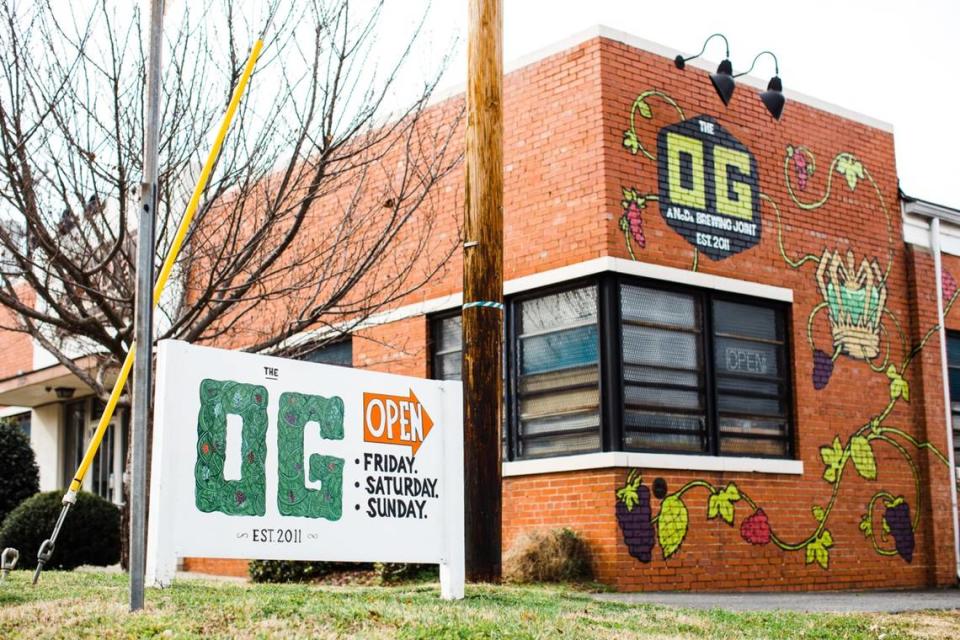
How do you measure the saturation point?
So is a saturation point something that applies to breweries? Yes, but with a caveat, says Bart Watson, chief economist at the Brewers Association. There is a saturation point for just about any business, and breweries are no exception.
“There are only so many restaurants, or so many bars, or so many movie theaters that are going to be able to survive in the marketplace,” Watson says. “I think movie theaters are the perfect example. If 200 movie theaters open in the Charlotte metro, they’re not all going to succeed.”
So how many breweries could Charlotte support? It’s tough to say. “This is a moving target, so there’s no magic number,” Watson says. “Charlotte’s economy is changing, the number of people who live there is changing, the economic geography is changing, the wealth of its citizens is changing, the consumer preferences are changing, the competition those breweries face from other adjacent businesses, bars and restaurants for example, is changing.”
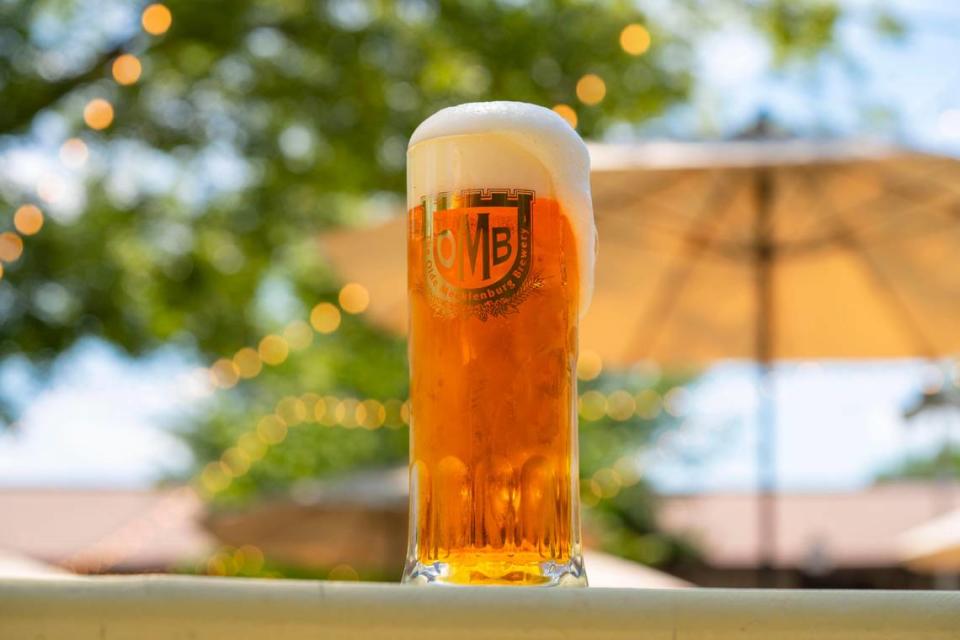
Despite the growth we’ve seen, it’s important to remember that Charlotte’s beer scene is still relatively young. While the city had a handful of breweries in the ‘90s and chain brewpubs in Hops and Rock Bottom, it wasn’t until 2009 that The Olde Mecklenburg Brewery, the oldest of the city’s current breweries, opened its doors.
This kicked off Charlotte’s “second wave” of breweries, with names like NoDa Brewing Co., Birdsong Brewing Co., Triple C Brewing Co. and Heist Brewery following soon after. Now, it feels like we’re firmly in a third wave, one in which the city’s longest standing breweries have expanded or added additional locations, while breweries from other parts of the state, country and even the world are joining the fray.
A growing scene
Like so many cities around the country, Charlotte’s brewery count exploded over the last 10 years.
“We really went through a decade that was very unique, where everyone could open and no one could close,” Watson says. “What’s happening now is not a collapse or a bubble bursting, but craft brewing entering a more mature, normal market that we’re used to with a lot of other hospitality businesses.”
Rather than looking at the brewery count for the Charlotte metro area, Watson says it’s better to zoom in and see what’s happening at a neighborhood level.
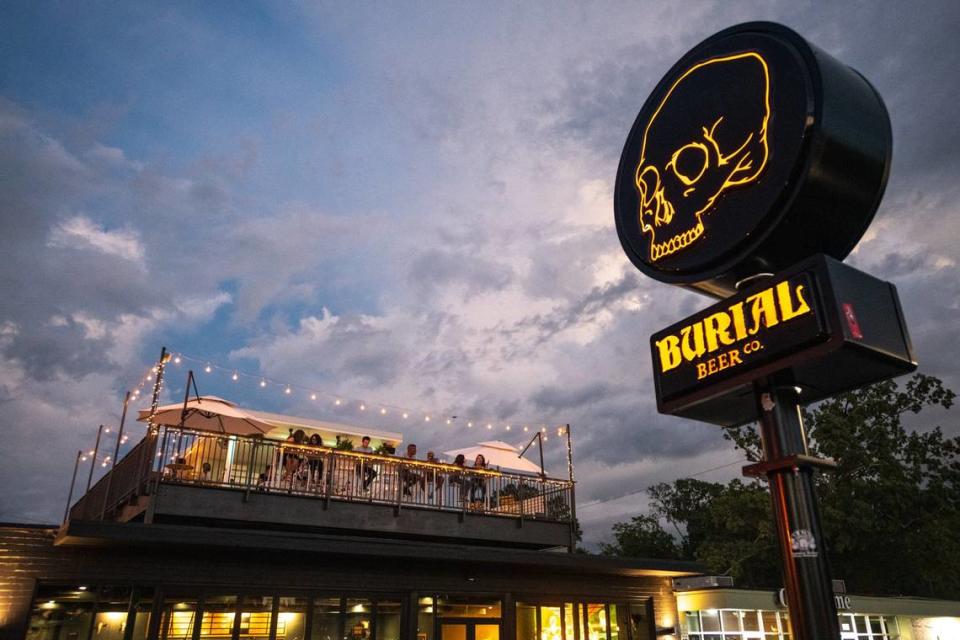
“Most breweries these days are very small. They’re locally focused not even on a metro, but on a neighborhood,” Watson says. “It’s really a highly localized question that should be looked at the submetro, neighborhood level.”
The majority of Charlotte’s breweries are in South End and NoDa, and 10 years ago it made sense that breweries would want to be neighbors with other breweries.
“I think for a while, there were beneficial effects to what’s called economic clustering,” Watson says. “There’s been good academic research on this, too. For a long time, the best predictor of where a brewery went in was where there already were breweries. When the market was growing a lot, I think that made a lot of sense.”
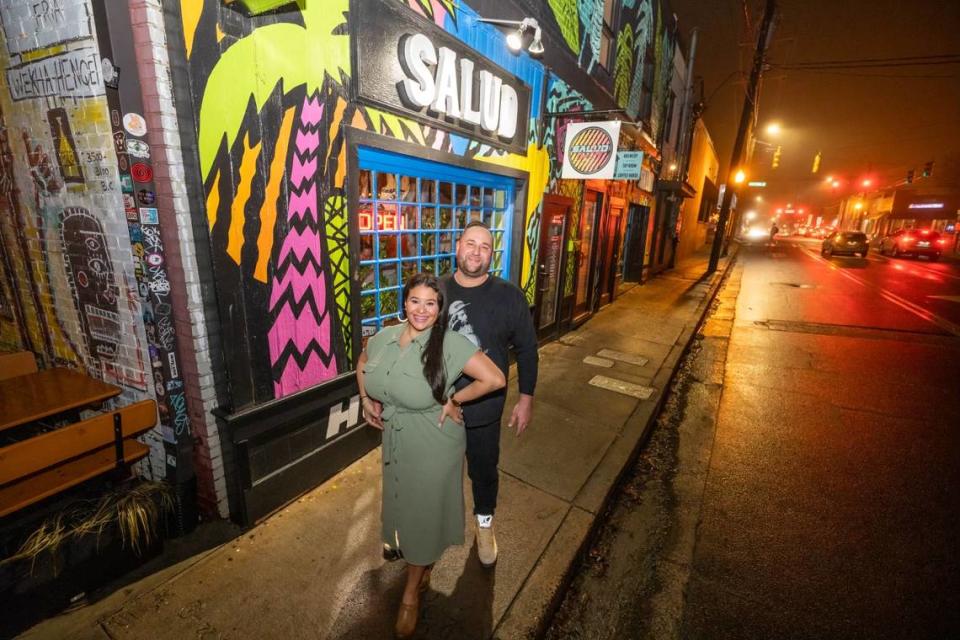
Why there’s always room for one more brewery
Charlotte’s brewery market isn’t a “one in, one out” situation, where one brewery must close for another to open. But if you’re taking the concept of a saturation point literally, it means the market is so saturated with breweries that it can’t tolerate another. If that’s how we define a saturation point, I’m not sure Charlotte will ever reach one.
After all, we rarely discuss saturation points in other markets or businesses, notes Watson.
“In most markets, we don’t think about this because we’re already at a more mature marketplace where this already is naturally how we think about it,” says Watson, who explains that people rarely note an overabundance of restaurants in a given city. “People really look at it on its own merits. Is it doing something new? Is it doing something different?”
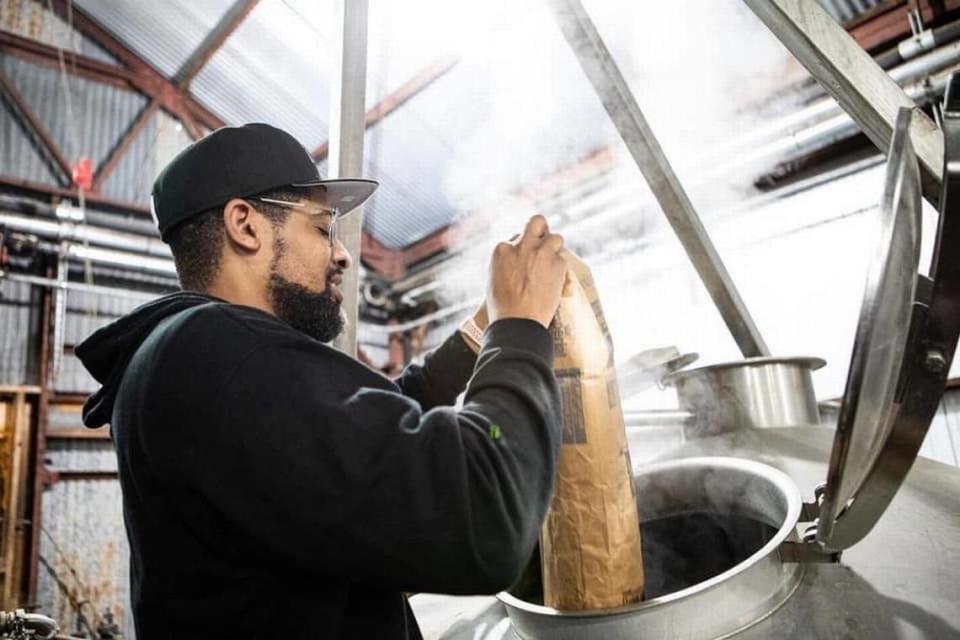
Similarly, no matter how many breweries Charlotte currently has, it could likely accommodate another assuming it offered something that the city’s other breweries don’t.
That could mean entering a neighborhood or surrounding suburb that doesn’t have any breweries, or distinguishing itself by the beers it specializes in (ahem, Rauchbier).
In this new, more mature market, Charlotte’s long-standing breweries and newcomers alike will be tasked with distinguishing themselves in as many ways as possible — because Charlotte could always use another brewery, but the last thing it needs is just another brewery.

